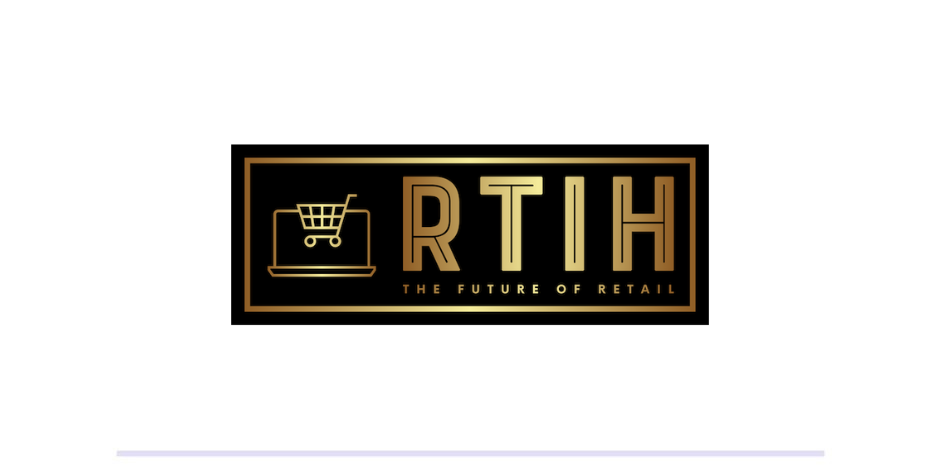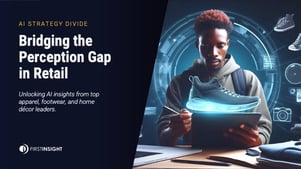Retail Technology Innovation Hub Mentions First Insight | First Insight Report: Many US Shoppers Angry at Retailers Raising Costs But Executives Are Doing It Anyway
First Insight has released the findings of its new Tariffs & Trust: Why Retailers Risk Loyalty with Price Hikes Study.
Despite the fact that 68% of the 306 brand and retail executives surveyed expect a negative reaction from customers, and 73% of 1,120 US consumers confirm they would be frustrated by price increases, 83% of executives plan to raise prices anyway.
Consumers say they’ll respond to retailers’ decisions with either increased loyalty or decreased trust: Nearly 80% would feel more loyal to brands that absorb tariff related increases, while nearly three in four would abandon their favourite brand for a cheaper generic if retail prices rise.
According to First Insight, however, customers’ trust and loyalty is not solely a function of brands’ and retailers’ ability to preserve pricing when faced with market forces beyond their control. To maintain customer loyalty while navigating circumstances that put their margins at risk, 77% of surveyed executives have preemptively communicated price increases directly with customers.
For those retailers and brands currently planning to issue blanket price hikes, First Insight recommends they instead engage customers directly to gain insights on what they’d be willing to spend and what pricing would be a dealbreaker on products across categories. The resulting insights can inform more nuanced pricing strategies.
Among the findings:
-
For shoppers, any price increase is too much. 30% said that any increase at all would cause them to shift their spending habits.
-
Shoppers are skeptical that some retailers and brands are using tariffs as an excuse to increase prices. Only 24% of shoppers say they fully believe that tariffs alone are the reason for rising costs.
-
Despite their skepticism, consumers know that brands are not ultimately to blame for rising costs. 54% of respondents acknowledged that government policy is driving up costs.
-
Retailers that increase prices can win consumers’ loyalty in other ways. Consumers said that the top two actions retailers and brands can take to offset the changes are: 1) clear communication–especially around why prices are rising. And 2) introduce new efforts to soften the blow, including offering loyalty points or discounts.
-
Consumers promise loyalty to brands that absorb price hikes. A high majority of consumers (79%) say that they would be most loyal to brands that fully absorb the costs themselves.
-
Retailers and brands expect price changes before Labor Day. 73% of retail executives said that they believe price increases will go into effect by the end of summer.
-
Executives are also paying attention to what their competitors are doing. The majority of executives (60%) said that, if they raise prices, they expect to lose market share to competitors that don’t.
-
Holiday shopping is going to be different this year, according to 92% of executives. Almost every executive foresees holiday shopping shifts, with only 8% saying they aren’t expecting noticeable changes. Of those who expect challenges, their top three concerns are: Reduced consumer spending (56%), shipping/logistics issues (53%), and product shortages (40%).
-
Consumers will be focusing on value this holiday season. Consumers expect that tariffs will influence how they shop this holiday season in three primary ways: They’ll use more coupons and promotions (50%), spend less overall (49%), and buy items based on price versus brand (44%).
-
Some retail categories will be affected more than others. Shoppers listed the following three categories as the ones that they would cut back on first due to price increases: Electronics/tech (50%), apparel/fashion (53%), and home goods/furniture (54%).
“We can hear shoppers’ voices loud and clear, and now is the time for retail executives to put what they’re saying to work,” says Greg Petro, CEO at First Insight.
“While most retailers won’t be able to avoid raising prices altogether, unilateral price increases are a surefire way to lose customer confidence and trust. There are more informed ways of approaching pricing strategies and offsetting the burden on customers. Customers are forthcoming about what they’ll spend, what they’ll buy and where they’ll tap out - retailers simply need to engage them and communicate what they’re up to every step of the way.”
Read article on Retail Technology Innovation Hub.
















